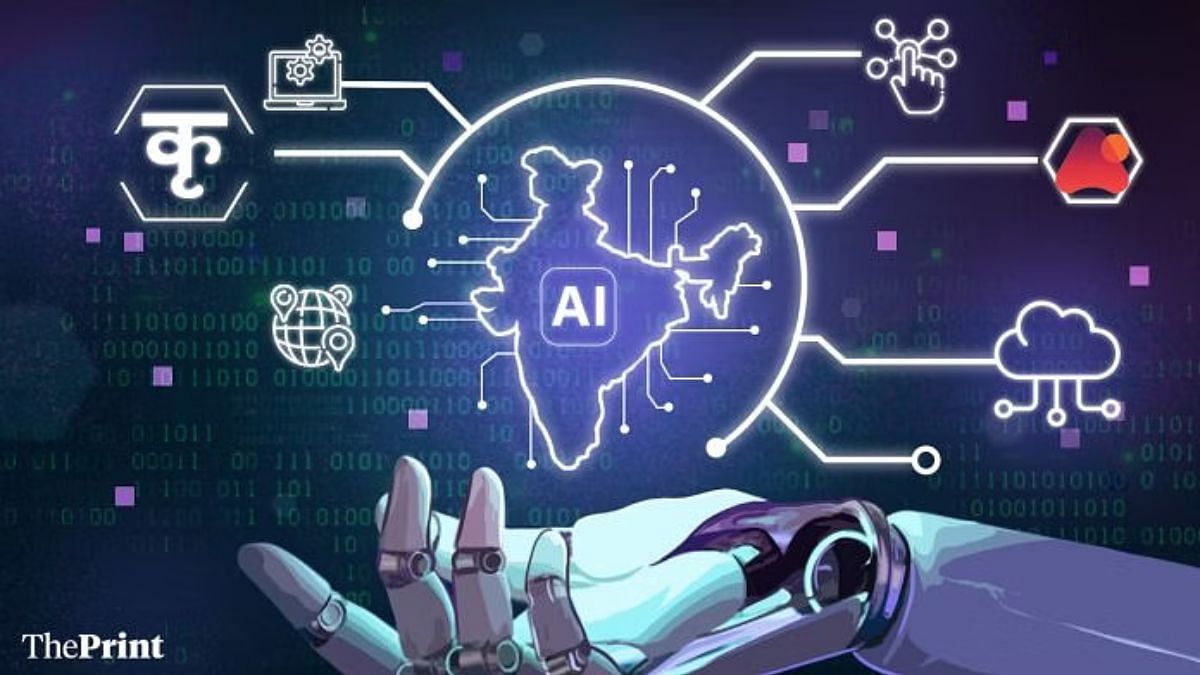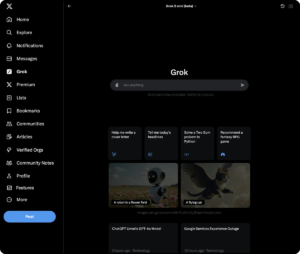Managing AI Regulation: India Requires Adaptive Policies, Not Just Reactive Measures

Grok and the Debate on Liability in AI Chatbots
Introduction to Grok
Recently, the AI chatbot known as Grok, developed by Elon Musk’s company xAI, created significant discussion in India after its responses about political leaders generated controversy. Grok is integrated with the social media platform X (formerly known as Twitter), prompting the Ministry of Electronics and Information Technology to engage in discussions with X regarding the chatbot’s operations and the data used for its AI training.
Understanding Content Systems Before AI
In the past, the online content landscape was primarily divided into two categories:
- Publishers: These entities create their own content and can be held liable for illegal or harmful content.
- Intermediaries: These platforms, like social media networks, host content created by users and are generally not held liable unless they are involved in content creation.
The Safe Harbour Provision
Many regions implemented safe harbour provisions that protect intermediaries from liability, provided they did not participate in creating the content. Over time, these protections have expanded:
- Intermediaries must take reasonable actions to limit prohibited content.
- They are also required to inform users of their content policies effectively.
Liability Challenges with Generative AI
Grok shifts the traditional paradigm of content creation since both users and AI contribute to the information generated. This evolution raises new questions about who is liable for the content produced.
1. Legal Framework for Content Restrictions
The Indian Constitution (Article 19(2)) outlines that the government can only limit free speech based on specific grounds. These include:
- Defamation
- Morality
- Public order
The Supreme Court clarified that content should not be restricted merely based on majority opinions, emphasizing the necessity of legal boundaries being enforced by competent courts.
2. Context Matters
Determining liability in AI-generated content is complex. The context significantly influences whether a piece of content is lawful or not. For example, elucidating hate speech for an academic study using AI is typically permissible. In contrast, using AI to incite violence would lead to legal implications. Thus, the specific circumstances surrounding content generation are crucial, necessitating case-by-case analysis.
3. Applicability of IT Rules
With respect to Grok, a key question arises: does the chatbot fall under the regulatory framework of intermediaries defined by the Information Technology Rules, 2021? Rule 3(1)(b) stipulates that intermediaries must take steps to prevent sharing prohibited content. If Grok is indeed part of X’s services, does it have to comply with these guidelines?
Grok’s operation may parallel other AI systems like Perplexity, which also functions on X. Would the regulations governing liability differ between these services?
4. User Influence on AI Output
The user’s role in shaping the output of AI like Grok also complicates liability. AI developers implement safeguards to avoid generating illegal content. However, skilled users might exploit these systems to produce undesirable outputs. Since it’s challenging to prevent all harmful uses, there are calls for regulatory flexibility and the consideration of safe harbour provisions for legitimate AI applications.
The Need for Thoughtful Regulation
India is currently at a pivotal junction regarding the governance of generative AI technologies. While the right to free speech should guide regulations, this rapidly evolving field demands a flexible approach that considers the responsibilities shared among users, developers, and platforms.
Past governmental responses to AI controversies have often been swift but lacked depth. For example, the Ministry issued guidelines in response to concerns over AI-generated deepfakes, suggesting a licensing regime that could hinder innovative applications of AI in everyday situations.
Instead of blanket regulations that could stifle beneficial use cases, India should develop a forward-thinking legal framework that balances accountability and innovation. The goal should be to regulate AI responsibly while promoting its positive potential.



